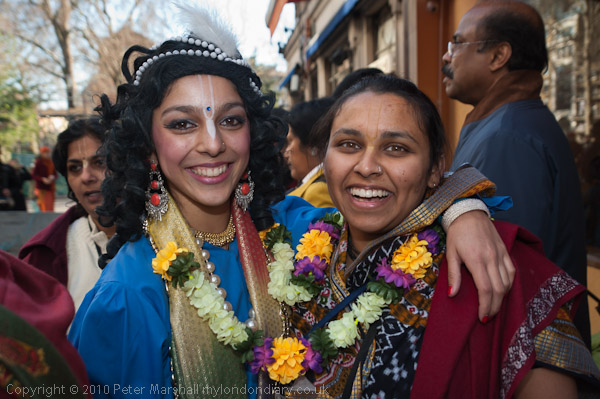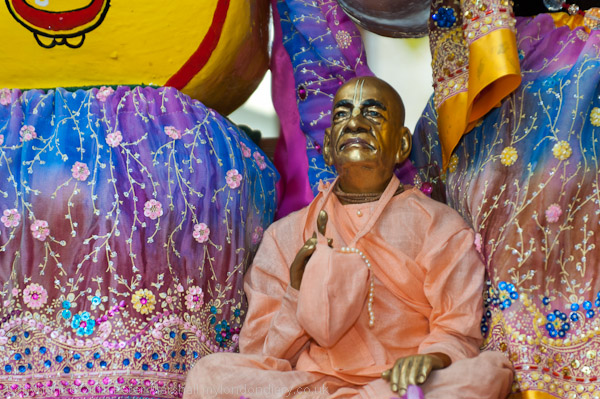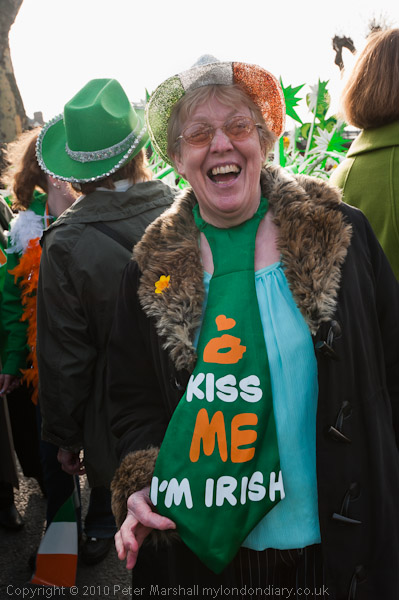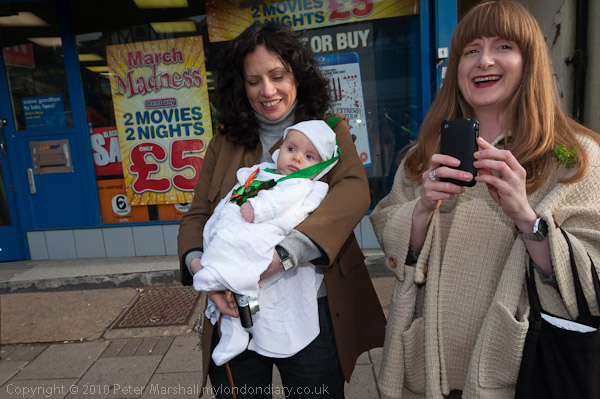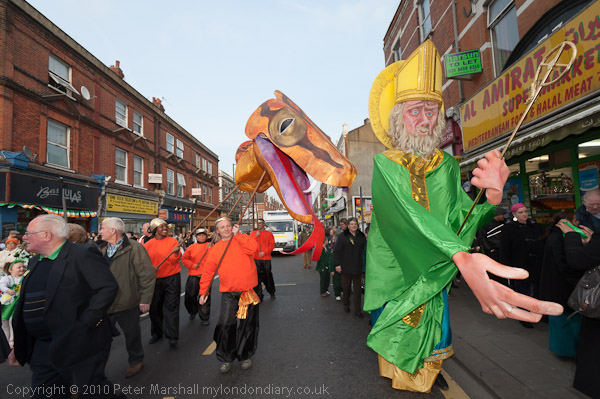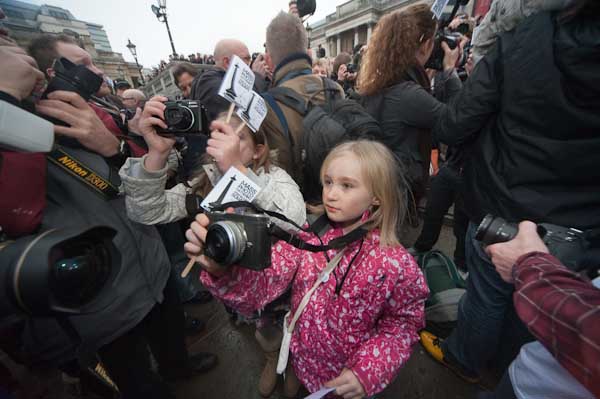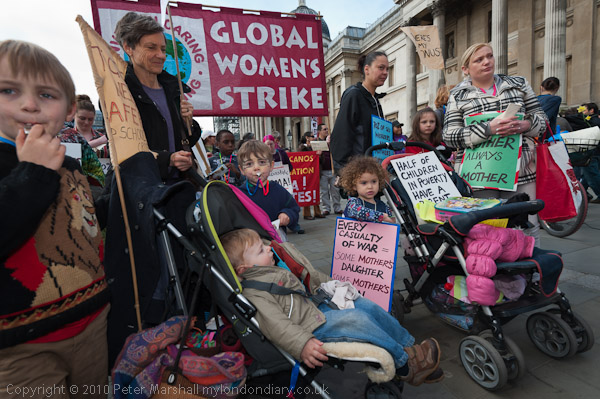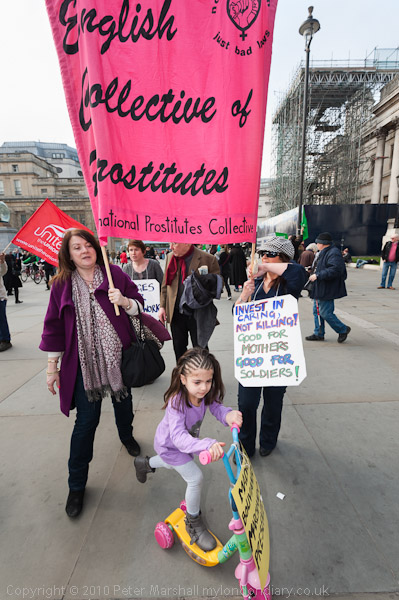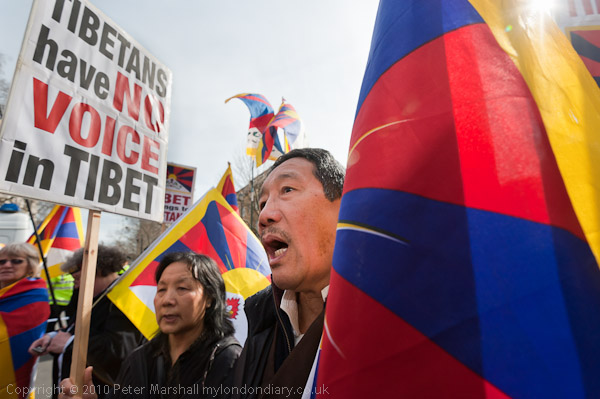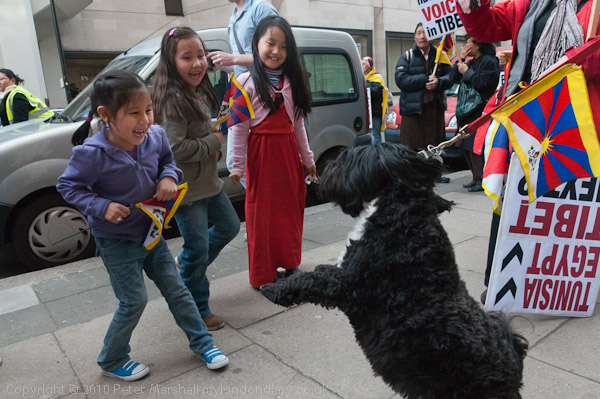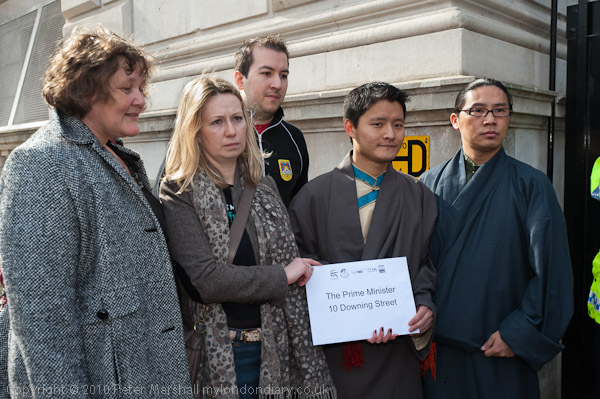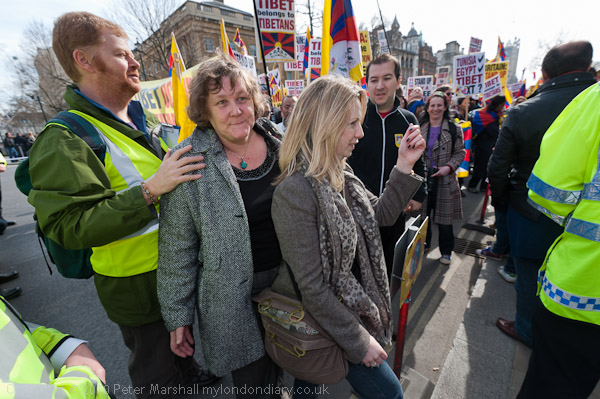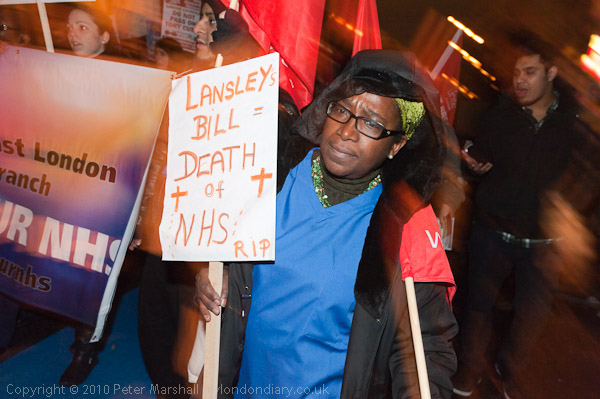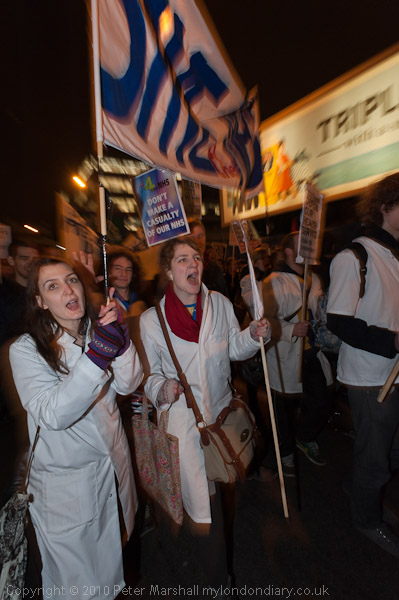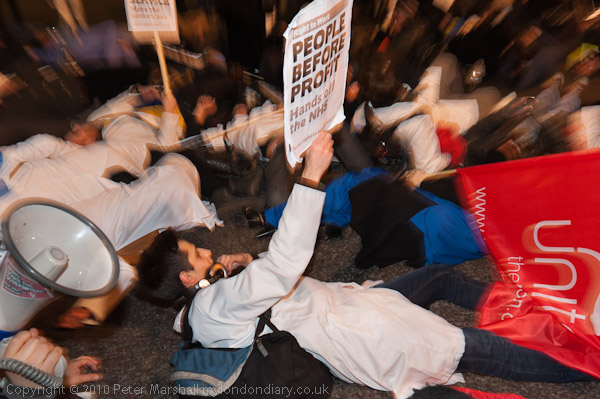One trivial but annoying aspect of working with more than one camera is that of synchronising time between them. It seldom mattered with film, as it was only compact models intended for amateurs than generally kept any record of the time, imprinting it on the film during exposure, and most more serious photographers quickly turned to the pages in the manual that gave instructions for disabling the feature.
But most of us have now grown to rely on the time recorded in the EXIF data of our digital files for various purposes. For me it is often vital in putting images from two camera bodies in correct time sequence, and also often useful when writing about events. What time exactly did something happen? How long was it, for example between the start of an incident and the arrival of police on the scene? Where before I would normally have to rely on having noted down the times (and in the heat of the moment it was often not uppermost in my mind), now a quick peek at the file on camera back or computer tells me to the second. Or should.
This morning I spent a frustrating few minutes trying to synchonise the time on my D300 and D700 bodies, having moticed that some of the pictures I took on Saturday were clearly out of order when sorted by time. I’ve been noticing some slight differences for a while, but when I checked I found the two cameras had drifted over 2 minutes apart.
I didn’t find any easy way to put them right. Setting the two cameras to the same time and trying to push to two buttons at the same time turned out to be frustratingly different as I have the display on both set to turn off quickly to save running down the batteries. My first step should have been to find the custom setting c4: Monitor off Display and set that for rather longer than my normal battery-saving 4s but instead I did it with that, which made it more of a game of chance. Eventually I got it so that the two cameras are now within a second, and I’ll be interested to see how long they stay that way. The clocks don’t seem that accurate – perhaps they sometimes stop for the odd millisecond when the camera is actually busy?
Both are now around 35s fast, but I just could not be bothered to go through the whole thing again to get them closer to GMT. Accidentally they are now more or less in that curious time zone of British Railway Time, where the 10.29 train actually shuts its doors 30s early at 10.28:30, although for some even more curious relativity unknown to Einstein the trains still seem to arrive using 5 minutes behind GMT.
And I’ll have to remember this Sunday to tell both of them that we are now on BST. At least there is a setting for that in the menu. It was several months before I remembered to do so the last time the clocks changed.
Most of the clocks I now own set their time (and make the change to Summer Time) automatically from a radio signal, and perhaps cameras should do the same, although I’d prefer them only to do so when asked. One of my less useful purchases is a travelling alarm clock that when you take it to other time zones still insists on keeping British time. You can set it manually to some other zone, but whatever you do, in the middle of the night it will call home and set the time right. I wouldn’t want cameras to do that!

